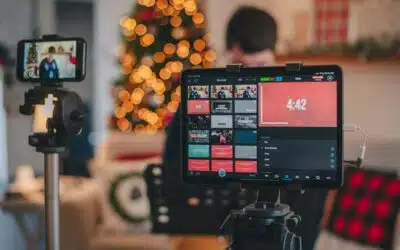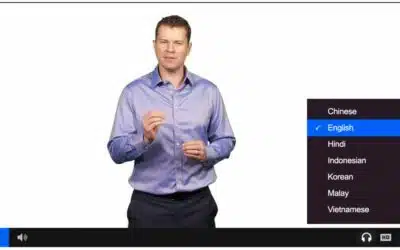The digital revolution has brought about a globalised world where content can be instantly accessed by viewers from every corner of the globe. To truly resonate with diverse audiences, video content needs to be localised, ensuring it’s not just translated accurately, but also culturally adapted. Video localisation bridges linguistic and cultural gaps, amplifying your reach and resonance with global audiences.
Understanding Your Target Cultures
Localisation begins with an in-depth understanding of your target cultures. Research into cultural nuances, preferences, and languages will inform the adaptation process. Are there any cultural symbols, colours or references that hold specific meanings in the target culture? What languages do they speak? An understanding of the socio-cultural context of your target markets paves the way for successful localisation.
Video Translation and Subtitling
Translation forms the foundation of localisation. Whether you opt for subtitles or voiceovers, accuracy and cultural sensitivity are paramount. Professional translators or agencies with native speakers of the target language can ensure an accurate, idiomatic translation.
Subtitling needs to be timed correctly to match the video’s pace. It’s important to balance between conveying the full meaning and keeping the text short enough for viewers to read at the video’s pace.
Voice-Over and Dubbing
If your content relies heavily on audio, consider voice-over or dubbing. Select voice talents that resonate with your target audience – consider factors like accent, tone, and speech pace. Quality voice-overs and dubbing ensure the audio syncs well with the video content, providing a natural feel.
Dubbing can be challenging due to lip-syncing issues. However, professional voice artists and sound engineers can ensure the dubbed speech aligns with the on-screen visuals for a seamless viewing experience.
Cultural Adaptation and Localisation
Cultural adaptation goes beyond literal translation, it considers cultural context. Visuals and graphics need to be adapted to local preferences. Incorporating local references and humour can make your content relatable and engaging. At the same time, avoid cultural taboos and sensitive topics to respect your audience’s cultural norms.
Testing and Feedback
User testing can provide valuable insights into the effectiveness of your localised content. Gathering feedback allows for refinement and improvement. This iterative process ensures your content resonates well with your target audience.
Optimising Video Metadata and SEO
Don’t overlook video metadata when localising. Translate titles, descriptions, and keywords to increase your video’s visibility in the target language. Localised thumbnails and captions can also increase click-through rates. Proper SEO optimisation can significantly enhance the visibility of your multi-language videos.
Distribution and Promotion
The platforms used for content distribution should align with the viewing habits of your target audience. Use local social media platforms and influencers to gain traction. Tailor marketing strategies to fit the consumption habits and preferences of each specific region.
Measuring Success and Iterating
Keep track of engagement and viewer metrics to measure the success of your localised content. Analyse audience feedback and comments for a better understanding of your viewers. Iterate and refine your content based on these insights for improved results over time.
Conclusion
Localising your video content for different cultures is an investment that can vastly extend your content’s reach and impact. By being culturally sensitive and respecting linguistic nuances, you’ll create content that resonates on a global scale. Embrace video localisation and make a mark in the diverse digital landscape. The world is your oyster, or in localisation terms, ‘the world is your global marketplace’.



